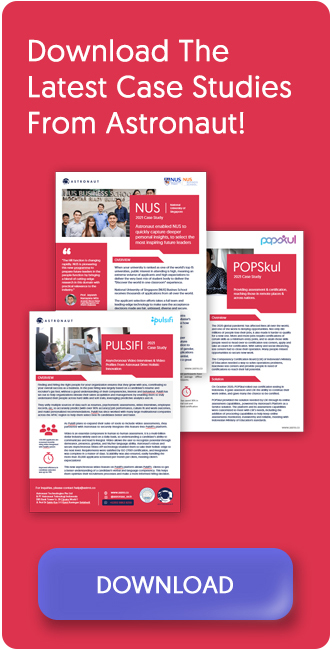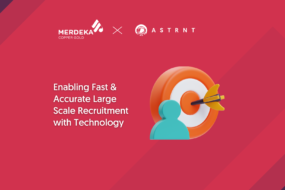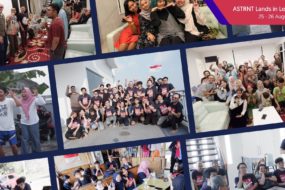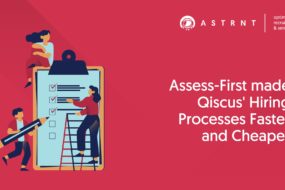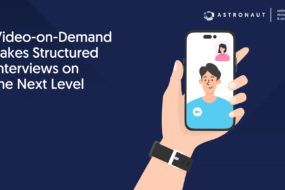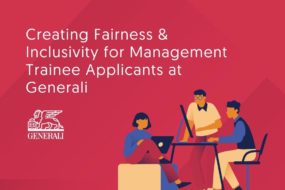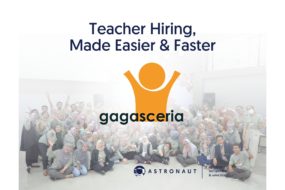
Author: Dira Tjokro | Editor: Intan Khatulistiwa
Why Does Unbiased Hiring Still Feel Like a Slogan?
You’re sure that you did everything right. You’ve carefully aligned candidate competencies with job criteria, structured a fair hiring process, and ensured clear evaluation standards. Yet, when it’s time to make a decision, the hiring manager goes in a different direction. Despite your best efforts to champion unbiased hiring, do you ever feel like unconscious bias still overrides objective criteria?
This happens because hiring, at its core, is a human decision. No matter how well-defined the process, people naturally rely on intuition, subjectivity, or familiarity, often without realizing it. Even with structured assessments, hiring managers may still gravitate toward familiar backgrounds or personal preferences.
So, before you start to lose hope, let’s observe around. Aren’t you curious on how top companies eliminate this issue and ensure unbiased hiring? Good news is, they’ve moved beyond good intentions and built structured systems that reinforce fairness at every stage.
How Top Companies Remove Bias from Hiring
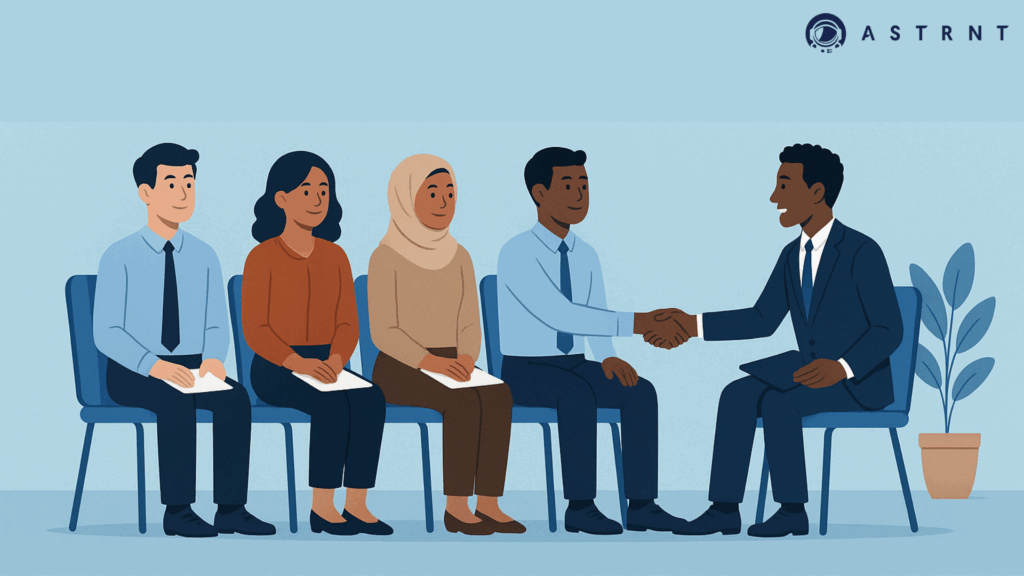
Top companies drive fair hiring by reinforcing it at every step, through three key actions that ensure consistency, objectivity, and alignment.
Strengthening Talent Acquisition & Hiring Manager Collaboration
Bias often emerges when hiring managers have unchecked autonomy over final decisions. The best companies recognize that Talent Acquisition professionals should not just be service providers, they should be strategic partners in hiring.
Mandatory Alignment Meetings
Before a job posting even goes live, Talent Acquisition teams and hiring managers must align on clear, well-defined job requirements. These structured meetings go beyond a simple discussion, they serve as the foundation for an objective, bias-free hiring process. By distinguishing between must-have qualifications and nice-to-have criteria from the outset, hiring teams eliminate ambiguity and prevent subjective preferences from creeping in later.
More importantly, these alignment sessions ensure that hiring managers and Talent Acquisitions are on the same page about expectations before any resumes land in their inboxes. Without this early agreement, last-minute adjustments to job criteria, often based on gut feeling or personal bias, can unfairly disqualify fit candidates. By setting objective standards upfront, companies create a hiring process where every decision is rooted in fairness, consistency, and a shared understanding of the role’s true requirements.
Data-Backed Decisions to Drive Shared Ownership
To further safeguard against bias, leading companies like Google and Salesforce require hiring managers to justify every selection with documented reasoning. This structured approach ensures that hiring decisions aren’t made based on instinct or subjective preferences but are instead aligned with predefined job criteria.
But here’s the catch: fairness and collaboration aren’t possible without clarity. One of the biggest challenges Talent Acquisition teams face isn’t just bias, it’s the lack of defined expectations. Often, CVs get rejected not because candidates are unqualified, but because of hidden requirements the hiring manager never fully articulates.
That’s how true hiring transformation is formed, by developing Talent Acquisition’s capability to critically assess, interpret requirements, and steer hiring managers toward clear and aligned hiring goals. Only when Talent Acquisitions can confidently help hiring managers define what “great” looks like; not just in skills, but in mindset, growth potential, and cultural fit, does collaboration become meaningful.
From there, structured, data-driven processes like scorecards, written justifications, or debrief sessions become powerful tools, not just for fairness, but for ensuring every hire is aligned with business needs and long-term goals. That’s when Talent Acquisition evolves from order-taker to strategic hiring partner.
Turning Good Intentions into Fair Hiring Systems: How Top Companies Make Bias-Free Hiring a Reality
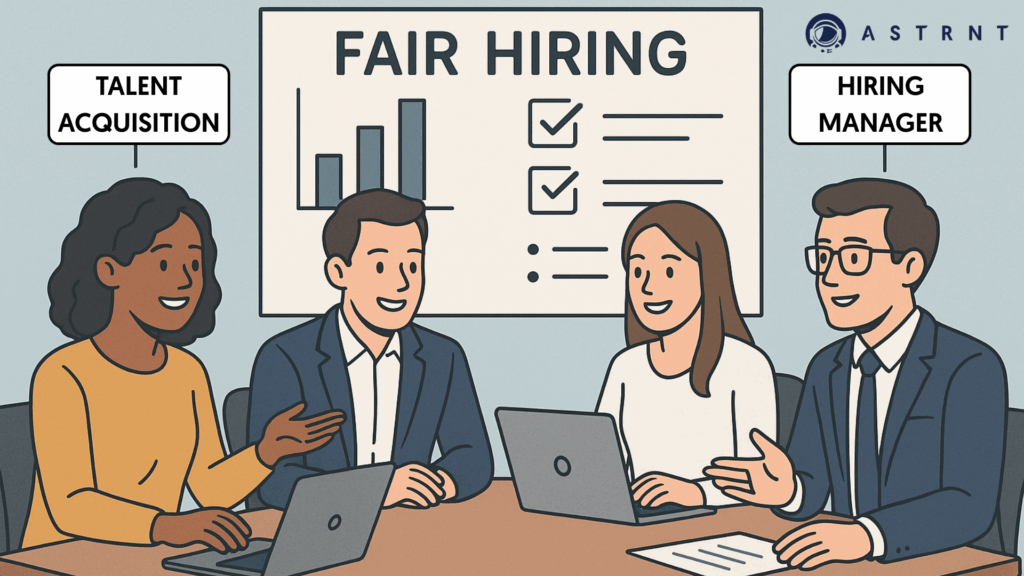
When hiring is backed by logic and data rather than personal intuition, it shifts the process from being purely hiring manager-driven to a more collaborative and structured effort. This reinforces Talent Acquisition’s strategic position, ensuring they are not just service providers but trusted advisors in building high-performing teams.
Regular Check-ins & Feedback Loops
A single meeting at the start of the hiring process isn’t enough to keep decisions completely bias-free. That’s why leading companies implement structured, recurring hiring syncs between Talent Acquisition teams and hiring managers, specifically during the hiring period. These regular check-ins aren’t just routine meetings; they serve as real-time calibration points to ensure every stage of the process stays aligned with objective hiring criteria.
By maintaining a steady feedback loop while the role is still open, these check-ins help recalibrate expectations, identify potential bias before it influences decisions, and reinforce data-driven hiring. They also provide a space to address any shifts in candidate evaluation, ensuring that hiring managers stay accountable to fair, structured decision-making rather than relying on gut feelings. Once the role is filled, the meetings conclude, keeping the focus sharp and intentional only when hiring is actively underway.
Optimizing Assessment Design to Eliminate Bias
Top-performing companies know fair hiring doesn’t come from a copy-paste approach. It comes from precision; tailoring assessments to match the unique demands of each role.
Instead of relying on generic tests or outdated evaluation templates, they treat assessment design as a strategic tool. Every role, every team, every business unit has different success indicators, and that means assessment methods must adapt. A one-size-fits-all test may seem like a shortcut, but it often leads to poor hires, misalignment, and costly re-hiring cycles.
That’s why top companies avoid overly general tests. They build role-specific assessments that evaluate the actual skills, judgment, and behaviors required to thrive in the position. Whether it’s through customized case studies, task simulations, or scenario-based interviews, the focus is always on real-world relevance.
And because hiring is never “set and forget,” these companies routinely audit whether their assessments truly predict on-the-job success. If an assessment consistently fails to identify top performers, or leads to high turnover, they adjust or replace it. Feedback from both hiring managers and new hires plays a crucial role in fine-tuning these tools.
Indeed, building tailored assessments takes effort. But the cost of bad hiring decisions is higher. When done right, this approach doesn’t just ensure fairness; it protects business outcomes by bringing in the right talent the first time.
Implementing Technology for Standardized Hiring Process
Technology plays a key role in reducing bias, not by replacing people, but by guiding Talent Acquisition and hiring managers through a consistent, structured workflow. From screening to interviews, each stage follows a defined process that supports objective, fair decisions.
One of the biggest benefits of using technology, especially hiring tools like automated assessments and structured interviews, is greater consistency and fairness across candidates. Picture this: Candidate A “clicks” with the hiring manager and gets a casual, friendly interview. Candidates B and C, meanwhile, face tough technical questions. The result? A biased process driven by instinct, not merit. Structured interviews fix this. With standardized questions and scoring, every candidate is evaluated equally. And when delivered through automated workflows, that structure becomes second nature, driving accountability, reducing subjectivity, and making fairness the default.
The Factor That’s Still Holding Talent Acquisition Back

As a Talent Acquisition professional, you already know what a fair, effective hiring process should look like. You’ve read the playbooks. You’ve spotted the gaps. But even with the right insights, pushing for change is tough, especially when hiring managers move at their own pace, with their own preferences and priorities.
But here’s the thing: leading the shift toward unbiased hiring isn’t just about doing what’s “right.” It’s about delivering better hires and proving Talent Acquisition’s strategic value.
When bias creeps into the process, it clouds judgment, derails alignment, and leads to poor fit hires; hires who churn fast, underperform, or create team friction. And who ends up cleaning up the mess? You.
But when you implement structured, bias-aware systems; clear criteria, consistent assessments, aligned expectations, you don’t just increase fairness. You boost hiring quality, reduce re-hiring costs, and build trust across teams. You shift Talent Acquisition from a transactional function to a strategic force driving business outcomes.
So yes, pushing for unbiased hiring takes effort. But when done right, it pays off in better hires, stronger teams, and a more respected Talent Acquisition seat at the table.
That’s where ASTRNT comes in. Not just a platform, but a full hiring solution that combines smart technology and expert guidance to help Talent Acquisitions like you confidently drive transformation within organizations.
Enter ASTRNT: The Future of Unbiased, Data-Driven Hiring
We call it the Structured Hiring solution; a system that blends human insight with automation. Our team supports you from the ground up: defining job profiles, mapping ideal candidate competencies, setting up role-based assessments, and designing interview kits that both you and hiring managers will actually enjoy using. Then, it all integrates seamlessly into our platform, making the process feel intuitive, transparent, and fair for everyone involved.
With ASTRNT, you’re not just adopting a tool; you’re building a repeatable hiring system that reduces bias to improve hiring quality. Every feature is designed to help you identify top-fit talent faster and more accurately, with less room for subjectivity.
Backed by expert support, structured workflows, and data-driven evaluations, ASTRNT gives your team the confidence to make better hiring decisions, and earns you the trust (and respect) of your hiring managers.
Because at the end of the day, it’s not just about fairness. It’s about making better hires, faster.
Redefine Your Hiring Process with ASTRNT!
Are you ready to drive transformational, unbiased hiring in your organization? ASTRNT is here to support you, end-to-end.
👉 Request a consultation and demo to share the biggest challenge you’re facing, and see how we can help you solve it, step by step.
🚀 or Sign up now for FREE to see how ASTRNT helps you embed structure that sticks.

